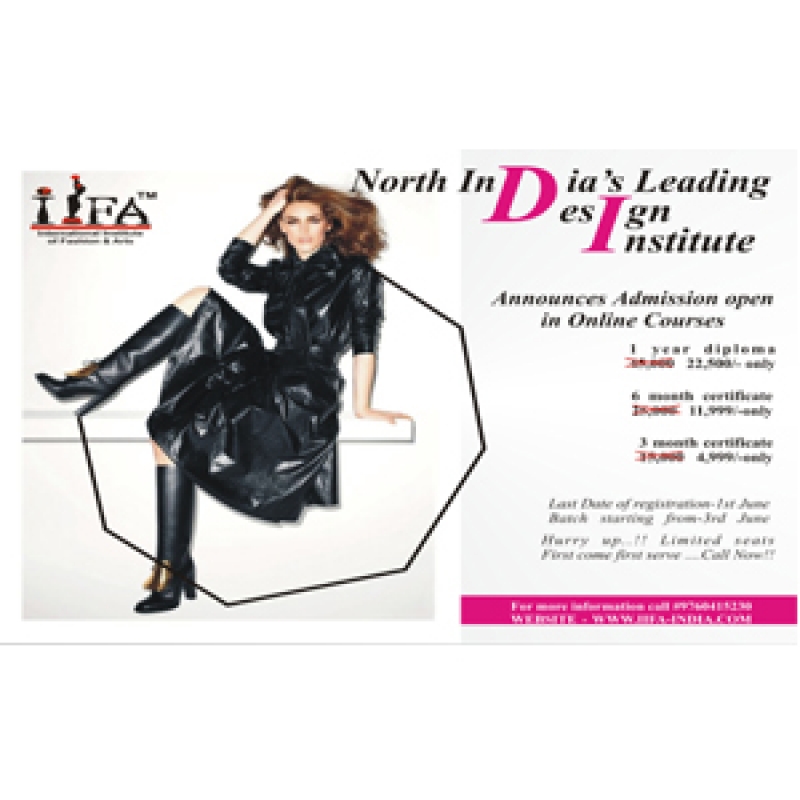What is Fashion Forecasting?
Fashion forecasting is the art and science of predicting future trends in the apparel industry. It involves analyzing a variety of factors, including societal movements, technological advancements, and cultural shifts, to predict the colors, fabrics, shapes, patterns, and silhouettes that will dominate the market in the coming months and years. These predictions are vital for fashion professionals who need to stay ahead of the curve, ensuring their products align with consumer desires and market trends.
Forecasting is done months, sometimes years, in advance. The process not only influences the design of clothing but also dictates buying patterns, marketing strategies, and merchandising plans. In short, fashion forecasting shapes the entire supply chain, from concept to retail.
How Does Fashion Forecasting Work?
-
Trend Analysis
The forecasting process begins with the analysis of current trends. Trend analysts gather information from fashion weeks, street style, consumer behavior, pop culture, and even political climates. They use these data points to identify patterns and themes that will evolve into future trends. -
Color Forecasting
One of the key components of fashion forecasting is color prediction. This is usually done by organizations like the Pantone Color Institute, which offers detailed reports on trending colors. These predictions aren’t just based on aesthetic preferences—they also take into account how colors reflect the social and emotional mood of a given period. For instance, darker hues might be associated with uncertain times, while bright colors could signify optimism. -
Fabric and Textile Innovations
Fabrics and textiles play a crucial role in fashion forecasting. With advancements in technology, fabric innovation has become a central focus for forecasting. Sustainability has become a driving force, and the demand for eco-friendly, renewable, and recyclable materials is growing. Forecasting also includes the prediction of new fabric textures and finishes that will become popular in upcoming collections. -
Cultural and Societal Influences
The world outside fashion heavily influences trends. Changes in politics, global events, and emerging cultural movements all leave their mark on the fashion world. For example, the rise of gender fluidity in fashion reflects a broader cultural shift towards inclusivity, resulting in non-binary clothing lines and collections that defy traditional gender norms. -
Technology and Digital Influence
Technology continues to shape fashion, from wearable tech to 3D printing, augmented reality, and virtual fashion. Social media platforms like Instagram, TikTok, and Pinterest are also major drivers of trends, as they allow influencers and ordinary consumers alike to share and amplify new ideas. Fashion forecasters track these digital spaces to spot emerging trends early. -
Consumer Behavior and Data Analysis
Fashion forecasters increasingly rely on big data and consumer analytics to predict what shoppers will want. By analyzing purchasing patterns, search queries, and consumer sentiment, companies can predict what will sell and how demand will evolve. Online retailers are particularly adept at using AI-driven tools to analyze consumer preferences and make accurate predictions.
Key Players in Fashion Forecasting
Fashion forecasting is not done in isolation. Various entities are involved in the process, each contributing their expertise to the overall prediction:
-
Trend Agencies
Professional trend forecasting agencies, like WGSN, Trendstop, and Fashion Snoops, provide invaluable insight and reports to the fashion industry. These agencies analyze data across multiple sectors (art, music, design, technology) to predict trends, which are then shared with designers, retailers, and other industry professionals. -
Fashion Designers
Designers, while often part of the creative process, are also keenly aware of broader fashion trends. They use forecasting data to inform their collections and ensure that their designs will resonate with the anticipated consumer demand. -
Retailers
Retailers play a vital role in forecasting. By tracking past sales and consumer behavior, they can predict which trends will have the most significant impact in the coming months. Retailers also work with forecasters to ensure that their stores reflect up-to-date styles, whether through in-store merchandising or online assortments. -
Influencers and Celebrities
The rise of social media has given influencers and celebrities significant influence over fashion trends. They help forecast future trends by showcasing new collections, endorsing brands, and experimenting with looks. As such, they often act as trend-setters, influencing millions of consumers in real time.
The Role of Sustainability in Fashion Forecasting
In recent years, sustainability has become one of the most important factors in fashion forecasting. Consumers are increasingly seeking ethical, eco-friendly clothing options. This growing demand for sustainability has prompted forecasters to predict that environmentally responsible designs and manufacturing processes will become a dominant trend.
Fashion houses are now under greater pressure to reduce waste, lower carbon footprints, and adopt sustainable practices such as upcycling, using organic fabrics, and embracing circular fashion (the idea that clothing can be reused, repaired, or repurposed rather than disposed of). This shift is reflected in forecast reports, which emphasize eco-conscious materials and responsible production techniques.
The Future of Fashion Forecasting
As technology advances, the future of fashion forecasting looks more dynamic and data-driven. Artificial intelligence (AI), machine learning, and data analytics will likely play an even greater role in predicting trends. AI can now process vast amounts of consumer data and even create designs, providing a more precise, algorithm-driven forecast.
Additionally, sustainability will continue to influence forecasting decisions. As consumers demand more transparency and responsibility from fashion brands, forecasters will need to consider not only what’s fashionable but also what’s ethical and environmentally sustainable.
In a world where trends are constantly evolving, fashion forecasting remains a crucial tool in predicting the future of style. By understanding the signs and analyzing data, fashion professionals can better prepare for what’s next, helping to shape the industry and the way we experience fashion. Whether through technological innovation, cultural shifts, or sustainable practices, forecasting allows the fashion world to remain in a constant state of evolution, ensuring that it always stays one step ahead.



















Your Message